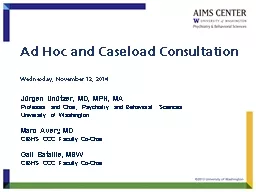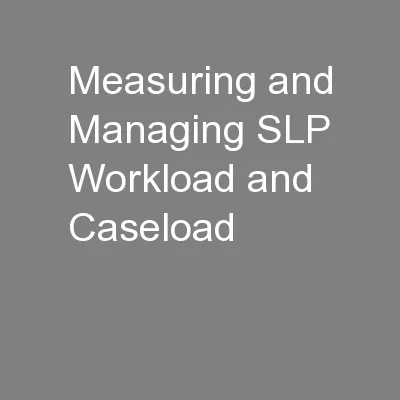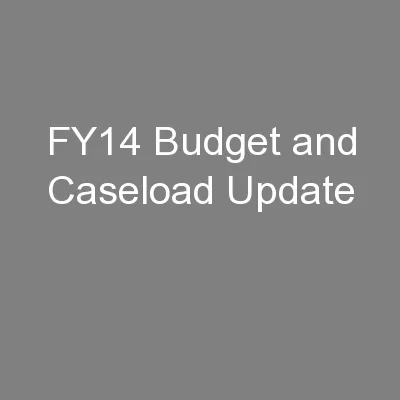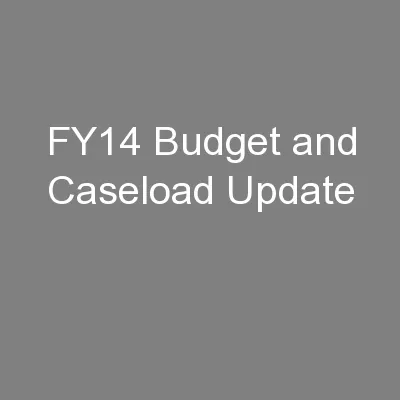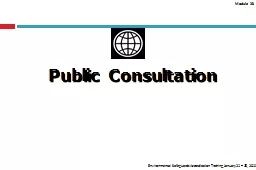PPT-Ad Hoc and Caseload Consultation
Author : ellena-manuel | Published Date : 2017-04-03
Wednesday November 12 2014 Jürgen Unützer MD MPH MA Professor and Chair Psychiatry and Behavioral Sciences University of Washington Marc Avery MD CIBHS CCC
Presentation Embed Code
Download Presentation
Download Presentation The PPT/PDF document "Ad Hoc and Caseload Consultation" is the property of its rightful owner. Permission is granted to download and print the materials on this website for personal, non-commercial use only, and to display it on your personal computer provided you do not modify the materials and that you retain all copyright notices contained in the materials. By downloading content from our website, you accept the terms of this agreement.
Ad Hoc and Caseload Consultation: Transcript
Download Rules Of Document
"Ad Hoc and Caseload Consultation"The content belongs to its owner. You may download and print it for personal use, without modification, and keep all copyright notices. By downloading, you agree to these terms.
Related Documents

